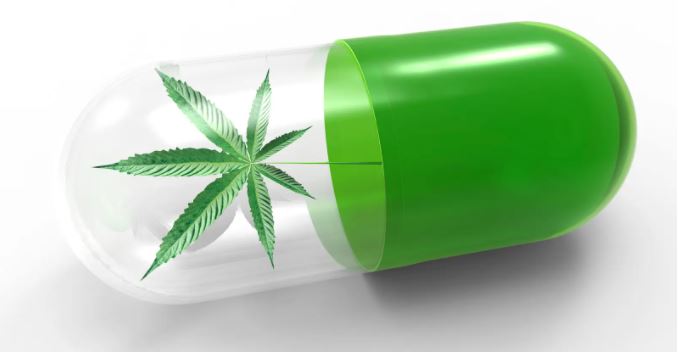Apparently, they are. Many, at least. They may not realize that, however. Or understand the implications for treatment and recovery.
Here’s a recent piece from Psychology Today on the subject. It’s by Timmen Cermak MD, a noted expert in addictions:
The High Rate of Dependence Among Medical Cannabis Users
I’ll admit the news did not come as a surprise. For the simplest of reasons– as Dr. Cermak puts it, “The brain does not differentiate between medicinal and recreational cannabis.” Either can lead to dependence, or to a Cannabis Use Disorder (CUD).
This seems logical. If indeed there was a dramatic difference between cannabis sold for medical and recreational purposes, then we wouldn’t see so many users abandon their medical marijuana cards in favor of purchasing their supplies at the neighborhood pot shop.
“It’s just cheaper,” one explained. “Besides, it’s the same stuff, you know.”
From a treatment perspective, the problem with continuing use of cannabis is the strong likelihood of physical dependence. The cannabis withdrawal syndrome has been described as ”a well‐characterized phenomenon that occurs in approximately half of regular and dependent cannabis users after abrupt cessation or significant reductions in cannabis products that contain… (THC)”.
That suggests that withdrawal discomfort doesn’t wait for THC content in the blood to hit zero. Withdrawal starts as blood levels drop.
Withdrawal symptoms from cannabis are about what you’d expect — anxiety, insomnia, irritability, etc. Degree of discomfort ranges from mild to severe. A good overview of the syndrome and current treatment, from 2022:
Clinical Management of Cannabis Withdrawal
If someone is in treatment for another SUD– involving, say, alcohol, opioids, stimulants– then it seems logical that cannabis withdrawal could play a role in the course as well as the outcome. The patient themselves may regard cannabis as a medication for opioid craving, when it’s possible that the effects of cannabis dependence are actually contributing to their discomfort.
It just makes sense for addiction treatment programs to include helpful information about cannabis dependence and withdrawal. Regardless of whether it stems from recreational or medical use.
Right now, there are approximately three and a half million Americans on medical marijuana – I admit that did surprise me, although it probably shouldn’t have.
Here’s a breakdown of the medical marijuana population, state by state, by recent counts. It’s informative.













